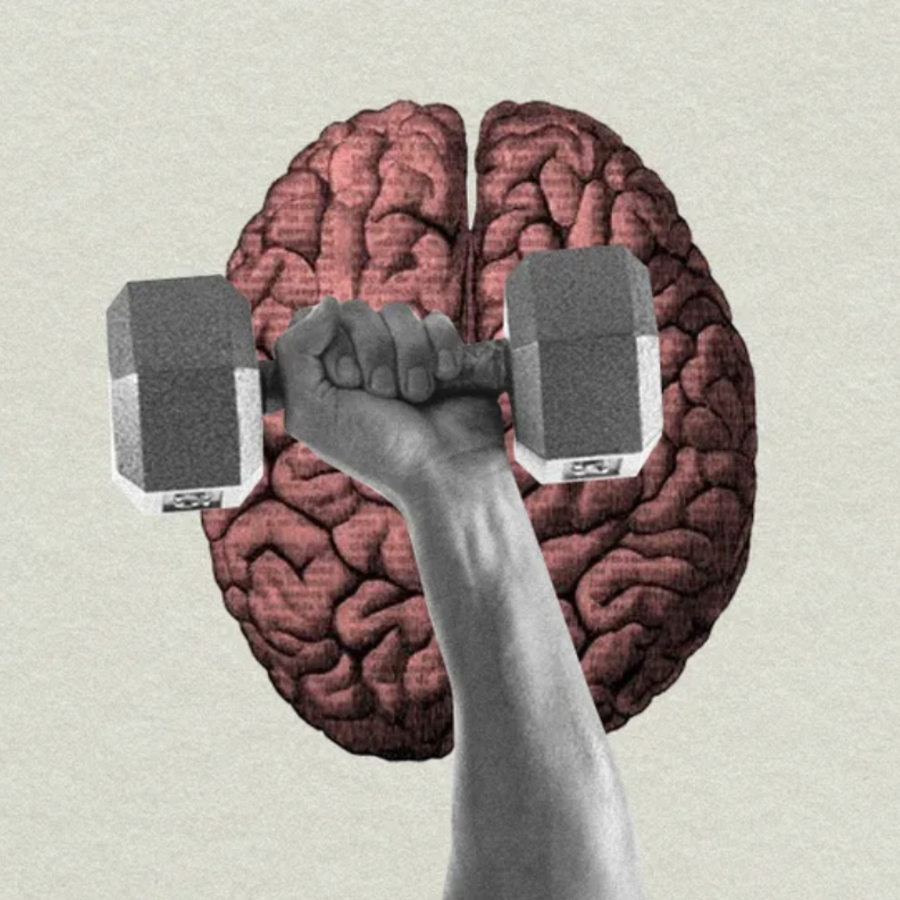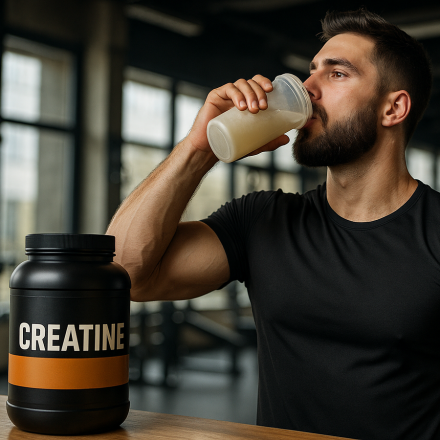You train every day, giving your all, but progress seems slower than you’d like? The issue may not be in your muscles or the weights—it might be how your brain controls your body. The mind-muscle connection is that invisible link that makes movements precise, efficient, and safe. Without it, even the hardest workouts deliver less benefit.
Why You Should Develop the Brain-Muscle Connection
Faster Muscle Growth
Yes, muscles grow not just from lifting weights, but from how effectively your brain “activates” the right fibers. Bench pressing but not feeling your chest? That means the signal is weak, and your shoulders and triceps are taking over. An experienced athlete can use moderate weight, but the effort hits the target muscle, because their brain activates up to 90% of its motor units. The same exercise—maximum results.
Fewer Injuries
Most injuries aren’t caused by heavy weight, but by a loss of control. If your brain can’t “feel” a joint or muscle, it can’t adjust the movement in time. Developing the connection improves proprioception—the sense of your body’s position. You notice misalignments, redistribute load before it becomes risky, and correct your trajectory. More weight—less risk.
Precision and Functionality
The mind-muscle connection makes movements smooth, stable, and efficient. Squats, deadlifts, pull-ups—you’re not just moving weight, you understand which muscles engage first, which later, and how your body works as a system. Strength exercises become mindful mechanics rather than chaotic effort.
Daily Efficiency
This isn’t just about sports. A strong connection makes everyday movements precise and confident. Lifting a box, sitting at a desk, turning around—your body moves efficiently and safely. Weak connection = clumsiness; strong connection = confident body control.
Slows Down Aging
As we age, we lose not only muscle mass but also neural regulation—sarcopenia. Maintaining the mind-muscle connection preserves control, reduces the risk of falls and fractures, and keeps movements precise even in later years.
How to Improve the Brain-Muscle Connection
Slow Movements
Speed kills nerve activation. Fast movements trigger a general command, activating “everything at once.” Slow movements let you control every millimeter: lift for three seconds, pause at the top for one second, lower for four. Each rep becomes deliberate.
Use Less Weight
Heavier ≠ better signal. When the load is too heavy, your brain “blurs” the command, engaging extra muscles. It’s better to use lighter weight with full focus on the target muscle. Ten mindful reps beat twenty mechanical ones.
Touch the Muscle
Tactile stimulation is a super-effective way to enhance the connection. Touch your chest before a bench press, your quads before a squat. Your brain “marks” the target. You can even do this without weights—just contract the muscle with your hand, avoiding nearby muscles.
Isometrics
Static contractions (tension without movement) activate high-threshold neurons. Abs, glutes, arms—tense, hold, repeat. Your brain learns to “feel” the muscle.
Visualize the Muscle Working
Mental rehearsal works like actual movement, activating the same brain areas. Close your eyes and imagine your biceps contracting during a curl. Over time, the neural patterns solidify and apply automatically.
Unilateral Exercises
Bilaterals let the dominant side take over the load. Unilateral exercises force the brain to engage fully, maintaining stability and balance. One-arm dumbbell presses, Bulgarian split squats, single-leg squats—focus on control.


















